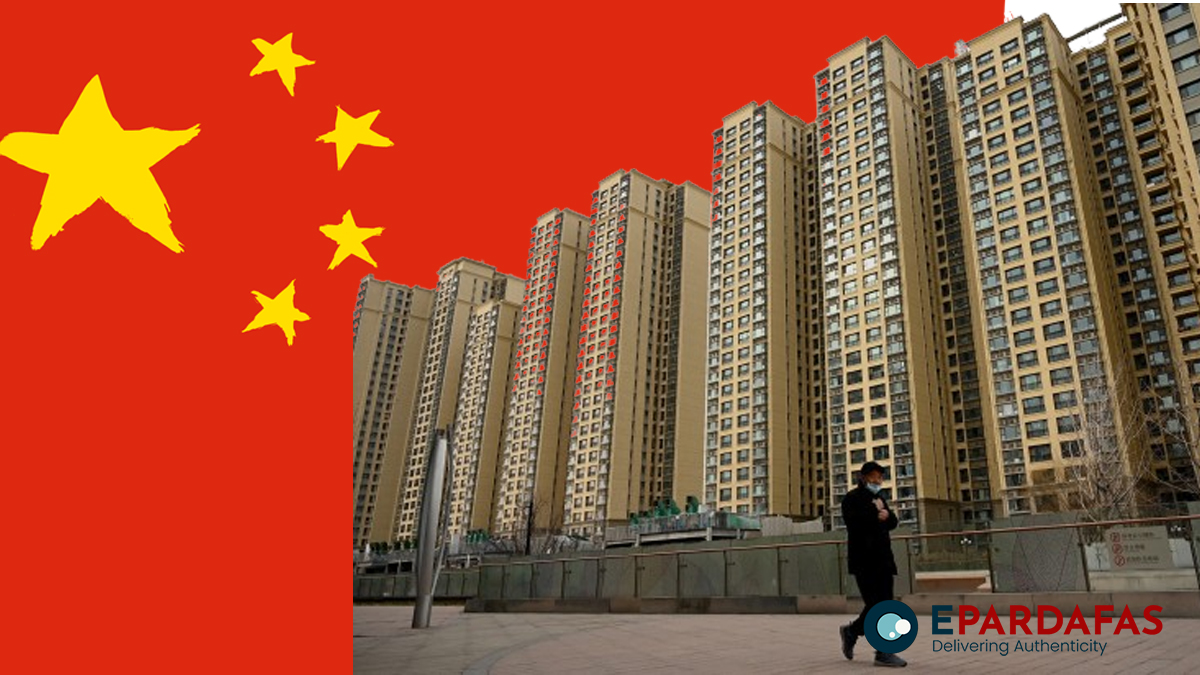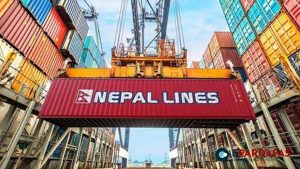
Labor Disputes Surge in China Amid Economic Slowdown

Labor disputes in China’s property and manufacturing sectors have surged as the country’s economic growth slows, reflecting growing concerns among blue-collar workers about the nation’s social safety net. While government control limits media coverage of such unrest, signs of public discontent and hardship are increasingly visible.
Recent incidents highlight the growing unrest. On August 1, a former soldier protested atop a building in Beijing’s Wangfujing shopping street, unfurling a white banner accusing a government office in Kunming, Yunnan province, of mistreating retired servicemen. Two days earlier, another protester displayed a banner demanding freedom and elections in Xinhua County, Hunan province, claiming persecution for supporting democracy.
According to the Hong Kong-based workers’ advocacy group China Labor Bulletin (CLB), labor strikes in China increased by 3% in the first half of 2024, totaling 719 incidents. Strikes in the property and manufacturing sectors rose by 12%, accounting for 80% of all incidents.
Max J. Zenglein, chief economist at the Mercator Institute for China Studies, noted that the increase in strikes reflects mounting social pressure as the economy struggles. China’s economic growth slowed to 4.7% in the second quarter, down from 5.3% in the first, hindered by a persistent downturn in the property sector and weak household demand.
One notable incident highlighted by CLB involved a pay dispute at solar panel manufacturer Akcome Technology, which filed for bankruptcy at one of its subsidiaries due to an inability to repay debts. In another case, over 1,000 workers at a Jiangsu province shoe factory that supplies major brands like Nike and Adidas went on strike overcompensation issues following the company’s decision to move production to Indonesia.
The construction sector has seen the highest number of protests, with 344 incidents recorded by CLB, primarily involving workers demanding unpaid wages. This is largely due to financial troubles among property developers, which have had ripple effects throughout the economy.
Labor strikes in China often involve workers facing long hours and low wages, with a significant disparity in social security coverage between urban and migrant workers. Many migrant workers, who form the backbone of the urban economy, work without formal contracts and lack access to essential social security benefits.
The Chinese government has vowed to improve the social security system, particularly for migrant workers, and has discussed raising the statutory retirement age in response to the country’s aging population. However, for many urban workers, the prospect of raising the retirement age feels like a delayed promise of social welfare coverage.
As China grapples with economic challenges and labor unrest, the situation underscores the need for reforms to ensure that workers, particularly those from vulnerable groups, are adequately protected in a rapidly changing economic landscape.












Comments